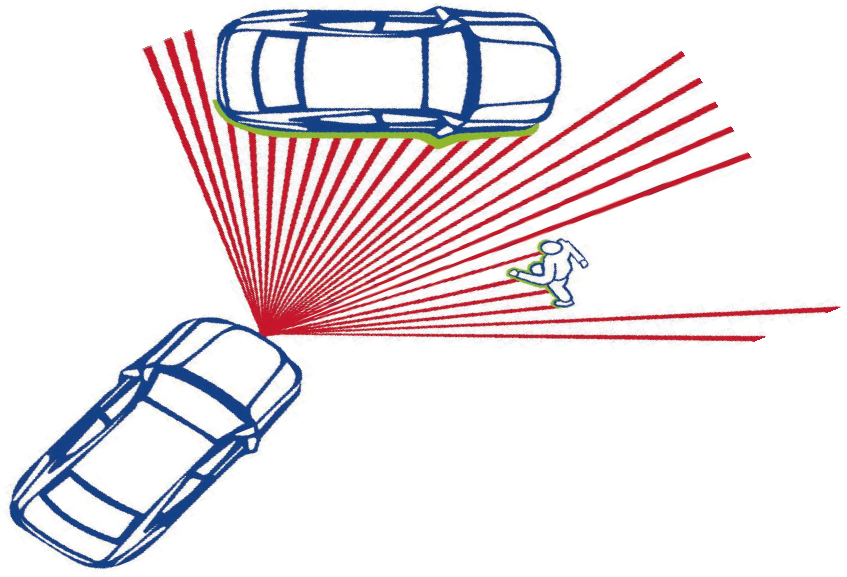In today’s world, LIDAR systems are being used in a huge variety of sectors, from mapping, to security, to industrial automation. A sector that has particularly high levels of development and interest is the mobility market, given that LiDAR scanners are vital aspects in prototype systems for autonomous vehicles. They also play a vital role in systems for adaptive cruise control (ACC), traffic sign recognition, collision avoidance systems, blind spot detection, as well as in lane departure warning. Indeed, each of these systems requires their “eyes” – the sensors embedded in the system.

Image Credit: First Sensor AG
It is essential, in mobility light detection and ranging (LiDAR) systems, that they can sense the environment immediately and reliably, assembling a clear vision of the cars’ immediate surroundings as well as the road ahead. Indeed, for systems which are mounted in fast-driving cars, it is imperative for them to detect, or “see” a minimum of 150 meters (almost 500 feet) ahead, as well as being able to detect small objects even as small as 10 centimeters (about 4 inches) in height.

Figure 1. LIDAR-scanner in action. Image Credit: First Sensor AG
Each of these requirements is a difficult technical need for these systems – and their sensors- to fulfill.
Choosing Your Ideal Sensor Technology
Design engineers are making the most of advances in the industry, and are applying a variety of different sensor technologies, for use in LiDAR mobility systems. Each one has varying benefits and disadvantages.
Find out more about the criteria to consider when choosing sensors and sensor manufacturers by downloading the free "Making sense of sensors" white paper.

This information has been sourced, reviewed and adapted from materials provided by First Sensor AG.
For more information on this source, please visit First Sensor AG.